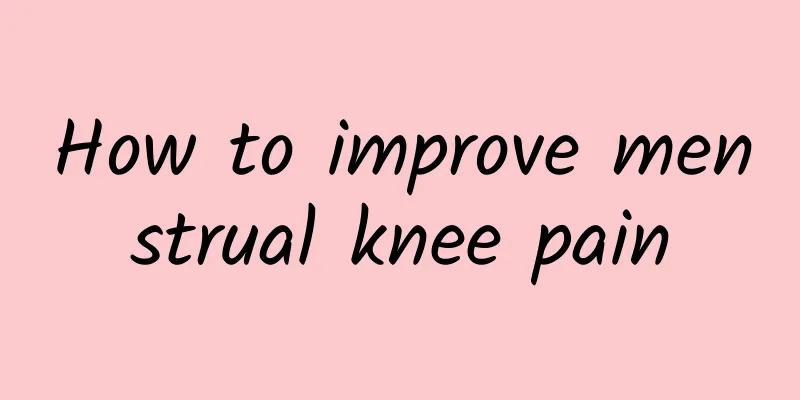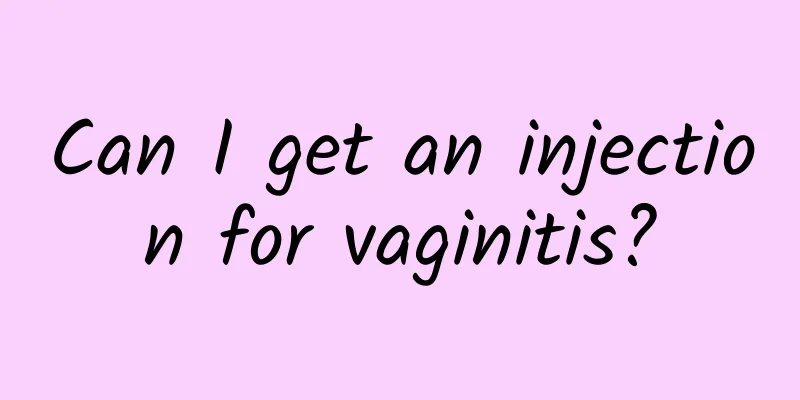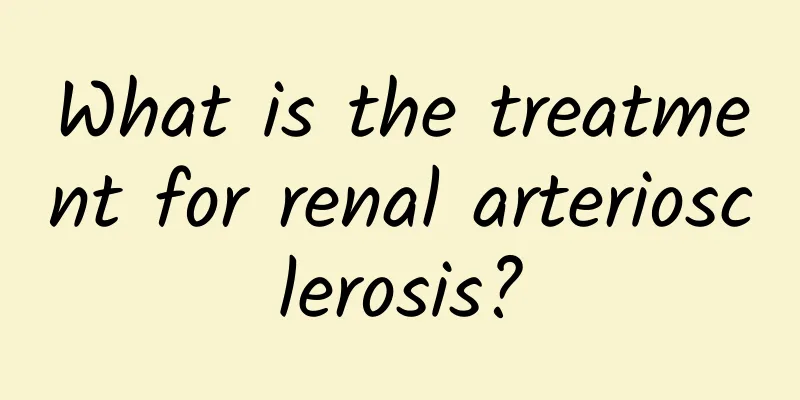Is TMJ serious? How to treat it?

|
Temporomandibular arthritis, commonly known as temporomandibular pain, is a disease that can have a great impact on a person's face and mouth. Patients with temporomandibular arthritis will have obvious pain in the affected area, as well as symptoms such as inability to open the mouth and movement disorders that greatly affect their lives. Therefore, temporomandibular arthritis is very serious and patients need to seek medical treatment in a timely manner. Next, I will introduce to you the causes, clinical symptoms and treatments of temporomandibular arthritis! 1. Causes The cause of this disease is complex and has not yet been fully understood. It is generally believed to be related to the following factors. 1. Patients with temporomandibular joint dysfunction syndrome may have systemic symptoms such as anxiety, depression, psychological disorder, and insomnia. 2. Examination of patients with this disease revealed that many had obvious occlusal disorders, such as premature cusp contact, missing posterior teeth, severe wear, and misplaced eruption of wisdom teeth. 3. Asymmetrical development of joints on both sides and unilateral chewing habits cause excessive load on the joints and accidental damage to local joints. 2. Main clinical symptoms 1. Snapping joints. The vast majority of cases have joint clicking, which is more common on one side and sometimes accompanied by pain. 2. Joint pain. The main manifestation is pain in the muscle groups around the joints when opening the mouth and chewing, without redness or swelling. The nature of the pain is dull pain, short-term stabbing pain, and there may be tenderness in the joints. 3. Abnormal mandibular movement Abnormal mouth opening degree, manifested as opening the mouth too wide or too narrow, the normal mouth opening degree is about 3 to 7 cm on average, more than 4 cm is too wide, less than 2 cm is too narrow; abnormal mouth shape, manifested as deviation or distortion of the mandibular midline when opening the mouth. Sometimes the opening movement may lock. 4. Other symptoms include headache, dizziness, tinnitus, stuffy ears, blurred vision, eye swelling, difficulty swallowing, soreness and discomfort when chewing, etc. 3. Precautions and treatment 1. Treatment principles of this disease: Since the cause and pathogenesis of this disease are not yet fully understood, there is still a lack of radical cure. 2. Eliminate all adverse mental and psychological factors, such as improving symptoms of neurasthenia, pointing out a good prognosis, enhancing confidence, and using sedatives and sleeping pills appropriately. 3. Avoid opening your mouth too wide which may cause joint sprains, such as yawning or laughing. After being stimulated by cold, avoid sudden chewing movements to avoid muscle spasms and damage to joint ligaments. Correct bad chewing habits, such as unilateral chewing and nighttime clenching of teeth. 4. Mouth opening exercises should be performed daily, if mouth opening is restricted. Eliminate harmful stimuli, such as treating periodontitis, removing impacted wisdom teeth, repairing missing teeth, correcting malocclusion, etc. Change the unilateral chewing habit, avoid eating hard food, treat nocturnal bruxism, etc. 5. Can do lateral pterygoid muscle block 6. Acupuncture therapy 7. Can be used for calcium ion introduction 8. Oral sedatives and antispasmodics 9. Do not open and close your mouth excessively, stretch forward or sideways during treatment, and do not test for snapping or pain. Do not chew hard food. 10. If the temporomandibular joint is organically damaged and conservative treatment is ineffective, surgery can be performed in the hospital. 11. Infrared, ultrashort wave, laser, wax therapy, massage and local hot compress also have certain therapeutic effects. |
>>: What disease could a lump in the neck be a sign of?
Recommend
What happens if the bile duct is dilated after cholecystectomy?
If cholecystitis or gallstones are severe, cholec...
What are the symptoms of congenital kidney deficiency and what is the cause of congenital kidney deficiency?
Kidney deficiency is a common symptom in men. Mos...
What is the disease of numbness of left thumb
Whether we are eating, drinking, or working on a ...
How to make breasts bigger
Young women all hope to have tall and plump breas...
What to do if you have scars on your lips?
Lips are on people's faces, so if there are s...
How to eat hibiscus flowers
Hibiscus flowers are generally pink, with relativ...
What are the symptoms of hernia in children? How to care?
During the embryonic period, there is a "pro...
Symptoms of blood-sucking bed bug bites
If you are bitten by a bed bug, it will often cau...
What causes red bloodshot eyes?
If you look in the mirror, you will see a lot of ...
Is it still effective to take birth control pills two days after sex?
During sexual intercourse, if you do not use any ...
What is the Chinese medicine for dispelling cold and dampness?
There are many kinds of traditional Chinese medic...
Treatment of hyperuricemia
Hyperuricemia is a very common disease caused by ...
What are some recipes for children to strengthen their spleen and stomach? What is good for babies?
Strengthening the spleen and stomach will have gr...
Why do I wake up with swollen face and eyes in the morning?
In life, many people will find that their face an...
How to prevent high blood pressure? Pay attention to low-salt calcium supplementation
Nowadays, the most common disease among middle-ag...









